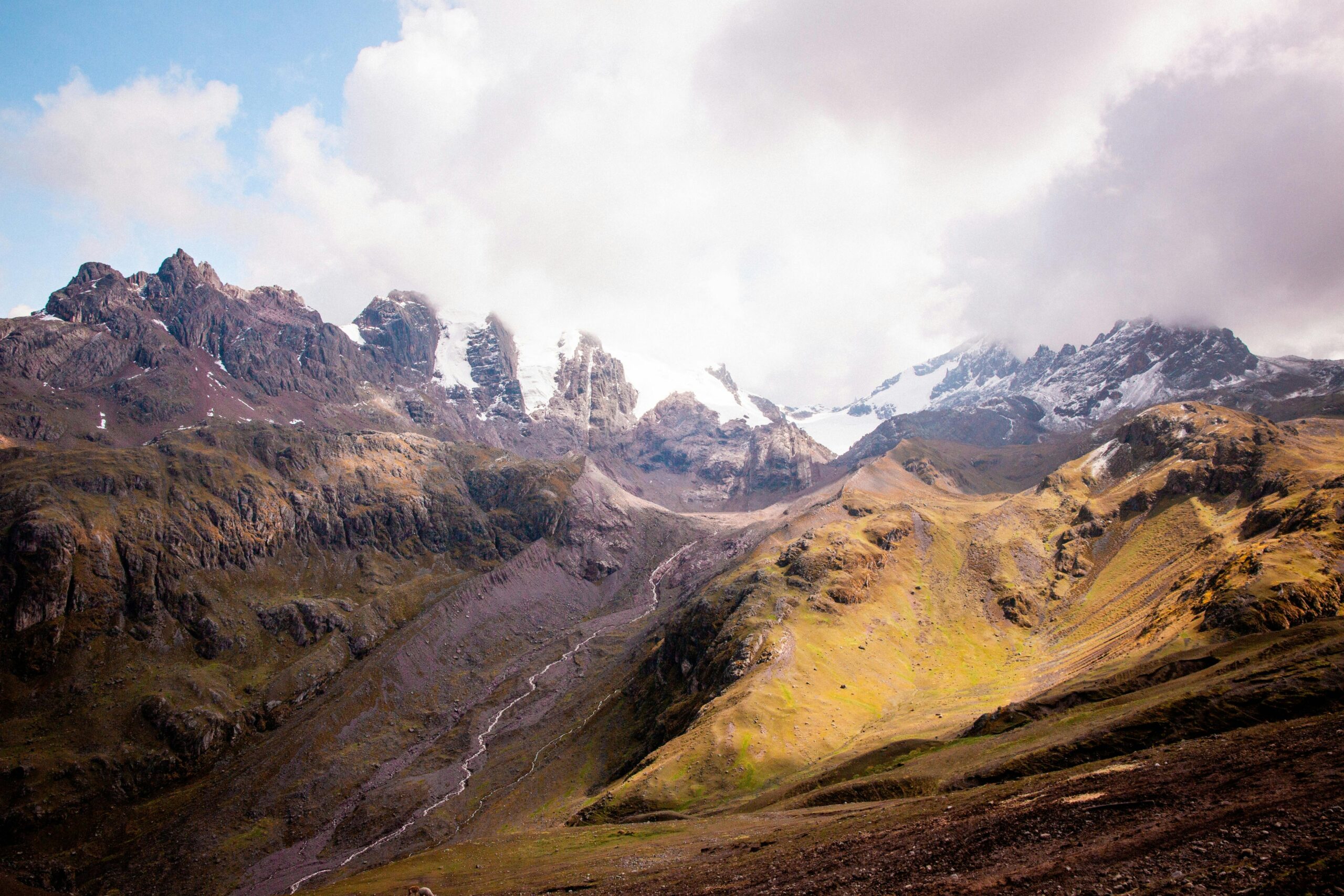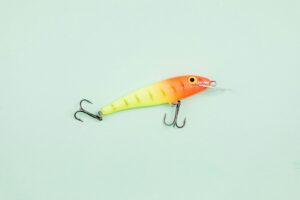If you’re just starting out in the world of climbing, it can be overwhelming to know what gear you need to get started. But fear not! In this article, we’ve got you covered with a comprehensive guide to the essential climbing gear for beginners. From harnesses to helmets, carabiners to climbing shoes, we’ll break down each item and explain why it’s important for your safety and success on the vertical terrain. So whether you’re aching to scale towering peaks or conquer indoor walls, read on to discover the must-have equipment that will make your climbing journey a thrilling and secure one.
Climbing Shoes

Choose the Right Size and Fit
Choosing the right size and fit for your climbing shoes is crucial to ensure comfort and performance on the wall. A shoe that is too tight can cause discomfort and even pain during climbing, while a shoe that is too loose will not provide the necessary support and precision. When trying on climbing shoes, it’s recommended to start with a snug fit, as they will naturally stretch over time. However, make sure your toes have enough room to move and aren’t excessively cramped.
Consider the Type of Climbing
Different types of climbing require different styles of shoes. If you are primarily bouldering or climbing indoors, you may benefit from more aggressive shoes with a downturned shape, as they provide better grip on small holds. On the other hand, if you’re planning to do long multi-pitch climbs or trad climbing, a more comfortable and neutral shoe is recommended to avoid excessive foot fatigue.
Look for Support and Comfort
While performance is important, it’s equally essential to consider the support and comfort of your climbing shoes. Look for shoes with adequate padding and cushioning to provide comfort during long climbs or multi-pitch routes. Additionally, shoes with a sturdy construction and reinforced toe box can offer better support and protection while climbing.
Harness
Select the Right Size
Choosing the correct harness size is crucial for safety and comfort. A harness that is too tight can restrict movement and cause discomfort, while a harness that is too loose may not provide sufficient support in case of a fall. Measure your waist and leg circumference to find the right size according to the manufacturer’s sizing chart. Adjustability is also an important factor to consider, as it allows you to fine-tune the fit of the harness for optimal comfort.
Check for Proper Fit
When trying on a harness, make sure it sits comfortably on your waist and thighs without digging into your skin. The waistbelt should be snug but not overly tight, and the leg loops should fit securely without restricting movement or causing discomfort. Try hanging in the harness to ensure that it distributes your weight evenly and feels secure.
Look for Adjustable Leg Loops
Some harnesses come with adjustable leg loops, which can be beneficial for climbers who prefer extra customization or for those who may need to wear additional layers of clothing. Adjustable leg loops allow you to accommodate different clothing thicknesses or adjust for comfort during long climbing sessions. However, keep in mind that adjustable leg loops may add some complexity to the harness, so ensure they are easy to adjust and secure.
Chalk Bag
Consider the Size and Capacity
Choosing the right chalk bag size depends on personal preference and the amount of chalk you prefer to carry. A smaller chalk bag may be more compact and lightweight, while a larger one can hold more chalk and reduce the need for refills during climbs. Consider the duration and intensity of your climbing sessions to determine the appropriate capacity.
Look for a Secure Closure
A chalk bag with a secure closure mechanism, such as a drawstring or zippered closure, is essential to prevent chalk from spilling or leaking out while climbing. Ensure that the closure mechanism is easy to open and close with one hand, allowing you to quickly access chalk when needed.
Check for Attachment Points
Some chalk bags come with attachment points, such as loops or carabiner slots, which can be convenient for attaching brushes or other small climbing accessories. These attachment points provide easy access to additional gear and help keep your chalk bag organized during climbs.
Climbing Rope
Select the Appropriate Diameter and Length
Choosing the appropriate diameter and length for your climbing rope depends on the type of climbing you plan to do. Thicker ropes offer increased durability and are ideal for top roping or long multi-pitch climbs, while thinner ropes are lighter and more suitable for sport climbing or situations that require long rappels. As for length, consider the height of your climbing routes and ensure you have enough rope to safely reach the top and make necessary rappels.
Check for Dynamic and Static Types
Climbing ropes come in two main types: dynamic and static. Dynamic ropes are designed to stretch and absorb the impact of a fall, providing a softer catch and reducing the force on both the climber and the anchor. Static ropes, on the other hand, are designed with minimal stretch and are primarily used for rappelling or as a secondary rope in rescue scenarios. Make sure you choose the appropriate type of rope for your intended climbing activities.
Look for a Durable and Reliable Rope
Durability and reliability are key factors to consider when selecting a climbing rope. Look for ropes made from high-quality materials that offer excellent abrasion resistance and are certified by reputable climbing organizations. Additionally, pay attention to the rope’s sheath construction, as a strong and well-constructed sheath can significantly prolong the lifespan of the rope.
Carabiners

Choose the Right Type (Locking or Non-Locking)
Carabiners are available in two main types: locking and non-locking. Non-locking carabiners, also known as snap or quickdraw carabiners, are commonly used for attaching devices to the climbing rope or for quick clipping during sport climbing. Locking carabiners, on the other hand, have an additional mechanism, such as a screwgate or auto-locking mechanism, that ensures the gate remains closed and prevents accidental openings. Locking carabiners are essential for belaying and securing critical connections.
Look for Strength Ratings
Ensure that the carabiners you choose are rated for climbing and meet the necessary strength requirements. The strength of a carabiner is measured in kilonewtons (kN), and it’s important to select carabiners with appropriate strength ratings suitable for your intended climbing activities. Look for carabiners that are certified by recognized climbing organizations to ensure their reliability and safety.
Consider the Gate Opening and Shape
The gate opening and shape of a carabiner play a significant role in ease of use and functionality. A larger gate opening allows for easier clipping and unclipping of ropes and gear, especially when wearing gloves or dealing with bulky equipment. Additionally, consider the carabiner’s shape – some designs, such as D-shaped or pear-shaped carabiners, offer better gate clearance and increased strength compared to other shapes.
Quickdraws
Consider the Length and Weight
Quickdraws come in various lengths, typically ranging from 10 cm to 20 cm. The length you choose should depend on the type of climbing you do and the spacing between bolts or gear placements. Shorter quickdraws are lighter and more compact, making them suitable for sport climbing or routes with close bolt spacing. Longer quickdraws may be necessary for trad climbing or situations that require extended reach.
Look for Easy Clipping and Unclipping
Efficient clipping and unclipping are crucial for smooth and safe climbing. Look for quickdraws with snag-free gate designs and wide gate openings for easy attachment to bolts or gear. Some quickdraws feature keylock noses, which eliminate the snagging that can occur when clipping or unclipping ropes. Consider these features to ensure hassle-free and efficient climbing.
Check for Durability and Strength
Quickdraws are subject to repeated falls and constant use, so it’s essential to choose durable and strong ones. Look for quickdraws made from high-quality materials that offer excellent strength-to-weight ratios. Additionally, check that the dogbone, the webbing that connects the two carabiners, is robust and resistant to wear and tear.
Belay Device

Select the Appropriate Type (Tubular or Assisted Braking)
Belay devices come in two main types: tubular and assisted braking. Tubular belay devices, such as the classic ATC (Air Traffic Controller), are versatile and commonly used for both top rope and lead climbing. Assisted braking devices, like the GriGri, feature an additional mechanism that helps catch a fall by applying friction automatically. Choosing the appropriate type depends on your personal preference and the specific requirements of your climbing style.
Consider the Rope Compatibility
Not all belay devices are compatible with every rope diameter. Before purchasing a belay device, make sure it is compatible with the diameter of your climbing rope. Using the wrong diameter combination can compromise the safety and effectiveness of the belay system.
Check for Smooth and Controlled Descents
A good belay device should provide smooth and controlled descents, allowing you to lower your climbing partner with ease. Look for belay devices that have a design optimized for balanced friction and consider additional features, such as anti-panic mechanisms, which can add an extra layer of safety during descents.
Helmets
Choose the Right Size
Selecting the correct helmet size is essential for proper protection. Measure the circumference of your head and refer to the manufacturer’s sizing chart to find the appropriate size. Ensure that the helmet sits securely on your head without any excessive movement or pressure points.
Consider Ventilation and Comfort
Helmets with proper ventilation systems help keep your head cool and prevent overheating during intense climbing sessions. Look for helmets with adjustable vents or well-designed airflow channels to facilitate breathability without compromising safety. Additionally, consider the padding and ergonomics of the helmet to ensure a comfortable fit.
Check for Impact Protection
When climbing, there is always a risk of falling debris or accidental impacts. Choose a helmet that meets recognized safety standards and provides adequate impact protection. Look for helmets with a durable outer shell and an energy-absorbing liner to minimize the risk of head injuries.
Climbing Clothing
Choose Suitable Clothing for Climbing Conditions
Selecting appropriate clothing for climbing is important for both comfort and protection. Consider the climate and weather conditions of your climbing destination when choosing clothing. Lightweight and breathable materials are ideal for warm weather, while layered clothing with insulation is suitable for colder conditions. Additionally, consider clothing that provides freedom of movement and is specifically designed for climbing to enhance mobility.
Look for Breathability and Moisture-wicking Properties
Climbing can be physically demanding, causing sweat and moisture accumulation. Look for clothing made from moisture-wicking materials that help keep you dry by pulling sweat away from your skin. Breathable fabrics also promote airflow and allow heat to escape, ensuring optimal comfort during long climbs.
Consider Mobility and Flexibility
Climbing involves a wide range of movements, so it’s crucial to choose clothing that allows for unrestricted mobility. Look for clothing with articulated or gusseted designs that offer a full range of motion without constriction. Stretchy materials, reinforced knees, and elbows can also enhance flexibility and durability for demanding climbs.
Climbing Gloves
Consider the Type of Climbing
The need for climbing gloves depends on the type of climbing you plan to do. Trad climbers or crack climbers often wear gloves to protect their hands from abrasive surfaces and cracks. On the other hand, sport climbers or boulderers may not require gloves as frequently. Assess your climbing preferences and select gloves accordingly.
Look for Durable and Grip-enhancing Materials
Choose climbing gloves made from durable materials that provide excellent grip and protection. Leather or synthetic leather palms can offer good friction and durability, preventing abrasions and improving grip on rocks and holds. Additionally, reinforced fingertips and knuckles enhance the longevity of the gloves and protect vulnerable areas.
Check for Proper Fit
A proper fit is essential for climbing gloves to provide maximum dexterity and comfort. Gloves that are too tight can restrict movement, while those that are too loose may compromise grip and sensitivity. Consider gloves with adjustable closures or wristbands to ensure a secure fit and easy on/off functionality.
In conclusion, selecting the right climbing gear is essential for a safe and enjoyable climbing experience. From climbing shoes that provide support and precision to helmets that protect against impacts, each piece of gear plays a significant role in your overall climbing performance. Consider your climbing style, personal preferences, and the specific requirements of your climbs when choosing gear, and don’t hesitate to seek advice from experienced climbers or professionals in the field. With the right gear, you’ll be well-equipped to tackle any climbing challenge that comes your way.





